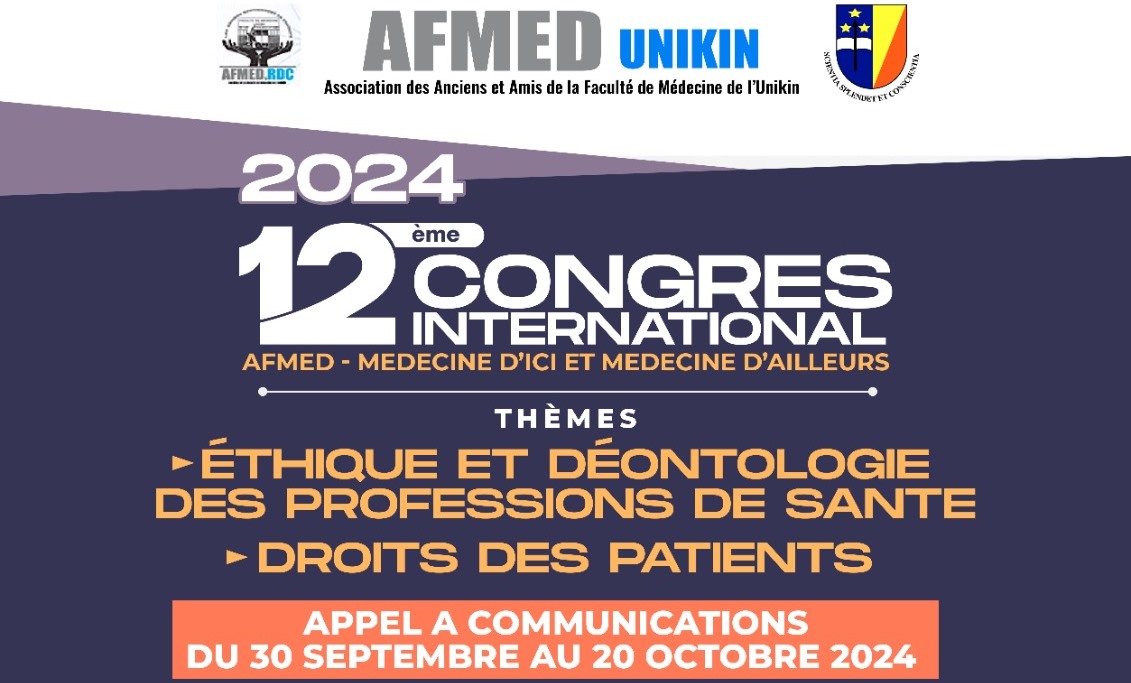Kabenkama JMK1, Banza L1, Tshibola JM1, Muamba JM2, Tozin RR3, Tshikwela ML4.
Department of Radiology, Kinshasa University School of Medicine and Hospital, Route Kimwenza, Lemba, Kinshasa, Democratic Republic of the Congo.2Department of Internal Medicine, Rheumatology, Kinshasa University School of Medicine and Hospital, Route Kimwenza, Lemba, Kinshasa, Democratic Republic of the Congo.3Department of Obstetrics and Gynecology, Kinshasa University School of Medicine and Hospital, Route Kimwenza, Lemba, Kinshasa, Democratic Republic of the Congo.4Department of Radiology, Kinshasa University School of Medicine and Hospital, Route Kimwenza, Lemba, Kinshasa, Democratic Republic of the Congo. michel.lelo@unikin.ac.cd.
Abstract
This prospective and multi-centric study assessed the lacking of pattern in fractured patients and features of vertebral fractures in postmenopausal black women living in central Africa.
INTRODUCTION:
Patients with osteoporosis commonly collapsed their vertebral body. This has been widely studied in Caucasians, Asians, and Americans and studies in black African are lacking. Our study was designed to establish a pattern of patients with fractures and determine the features of vertebral fractures in postmenopausal black women living in Central Africa.
METHODS:
A prospective and multi-centric study was conducted from June 2011 to June 2016, to assess the thoraco-lumbar-computed tomographic images of women. The menopausal statuses and anthropometric parameters (age, height, and weight) were collected. The body mass index and the Asset Poverty Index were evaluated. The reviews included a morphometric analysis of each vertebra that was rated according to the visual semi-quantitative system proposed by Genant et al.
RESULTS:
Four hundred thirty women aged 47-87 years old were included in this study. The mean age was 57 years old, and the mean menopause duration was 11.45 ± 6.6 years with extremes ranging from 2 to 37 years. The body mass indices were rated as overweight and obese in 80.8% of subjects and 54, 3% had high-API indices. Among the 4730 vertebrae analyzed, 529 (11.12%) were fractured, with 68.7% exhibited a cup-shaped deformation (biconcave), 19.8% had a wedge-shaped deformation, and 11.4% exhibited a cake (crush) deformation. Of the vertebras, 88.8% were grade 0, 5.5% grade 1, 5% grade 2, and 0.57% were grade 3. Of the women, 68.8% had one vertebra fractured and 31.2% had more than one fractured vertebrae.
CONCLUSION:
This study seemed to determine the pattern and features of vertebral fractures in black African women which may be useful for comparisons with the pattern of worldwide populations.
KEYWORDS:
Black Africans; Computed tomography; Morphometric assessment; Osteoporosis; Vertebral fractures; Volume rendering
- PMID:
- 29497872
- DOI:
- 10.1007/s11657-018-0431-y









